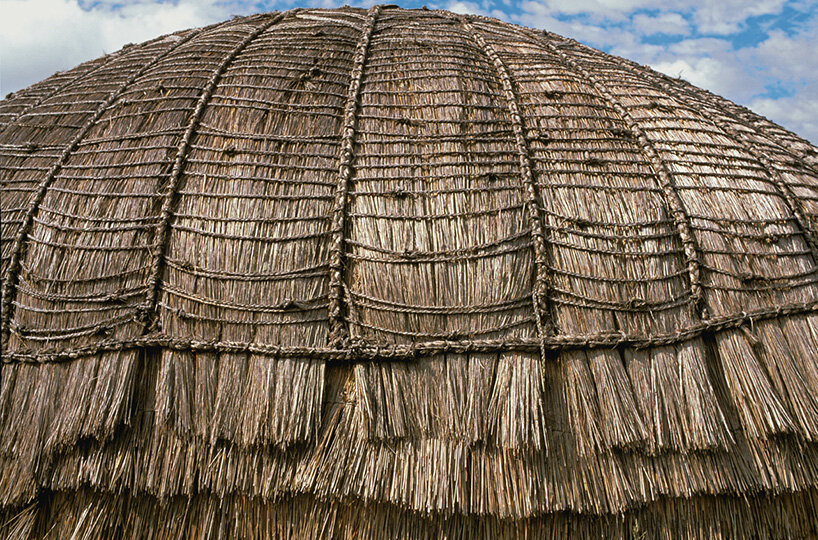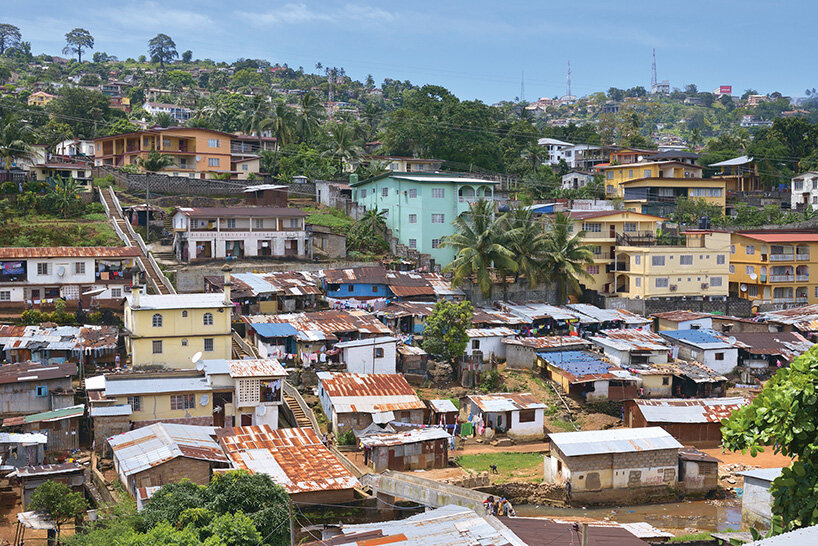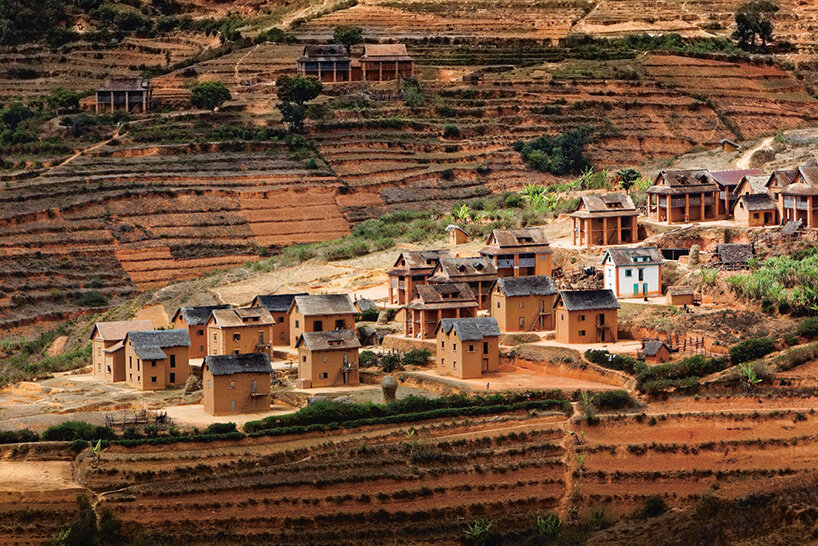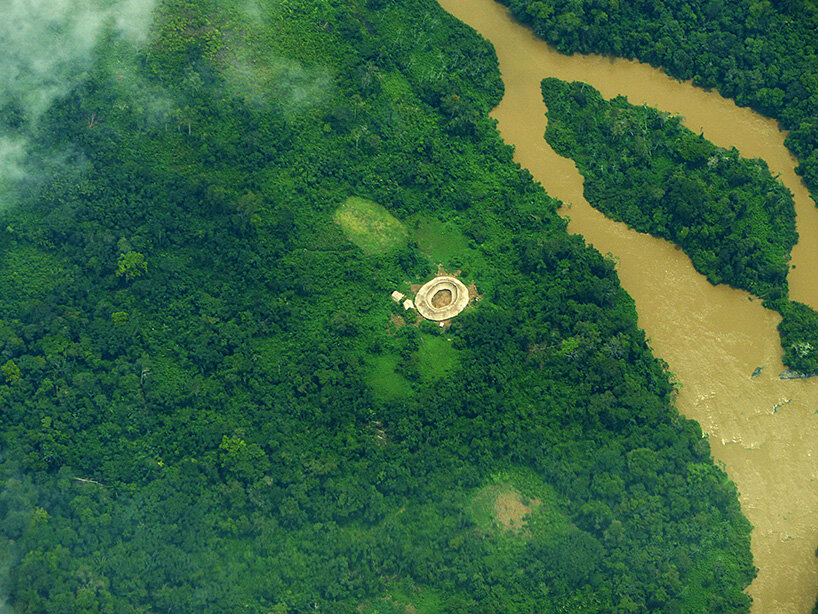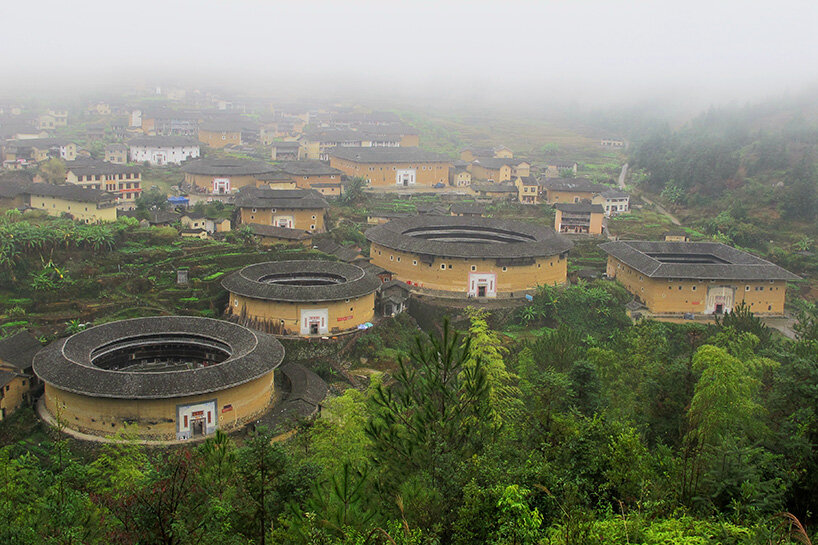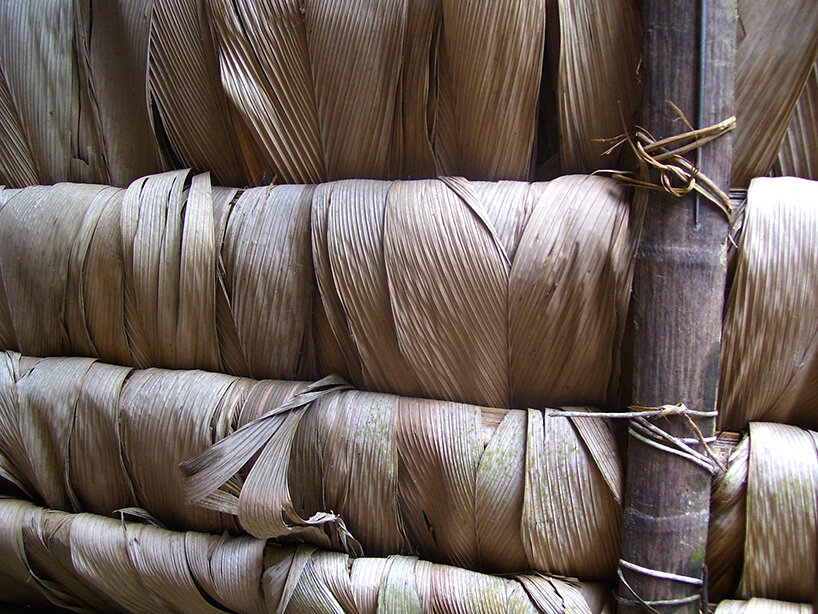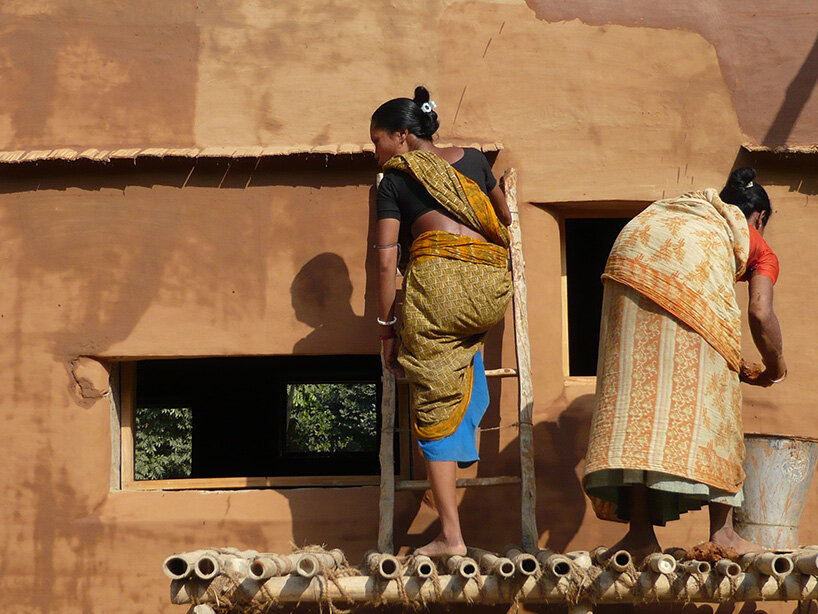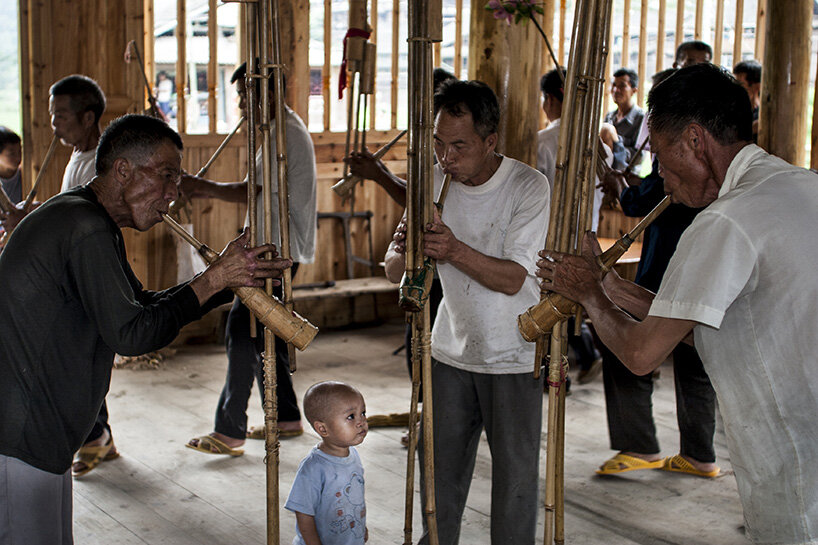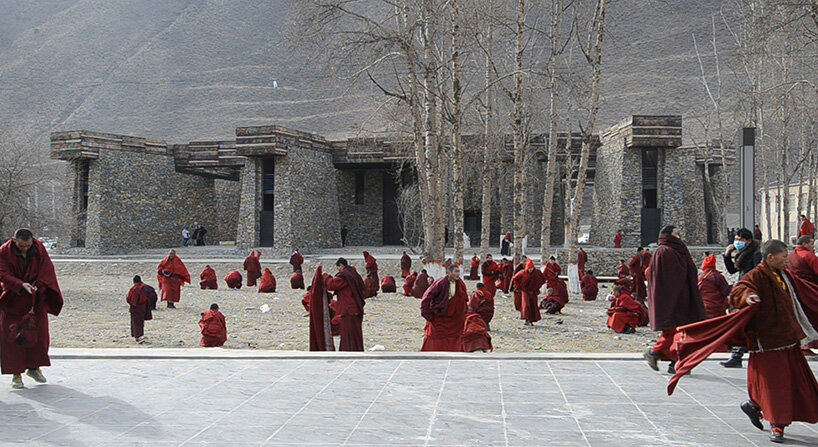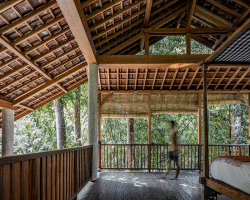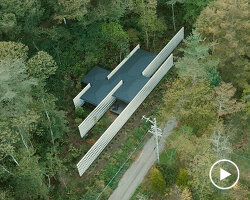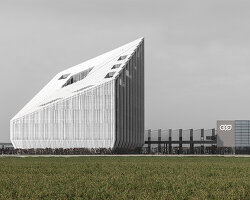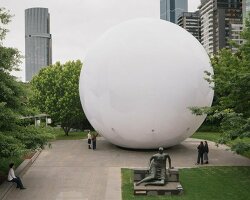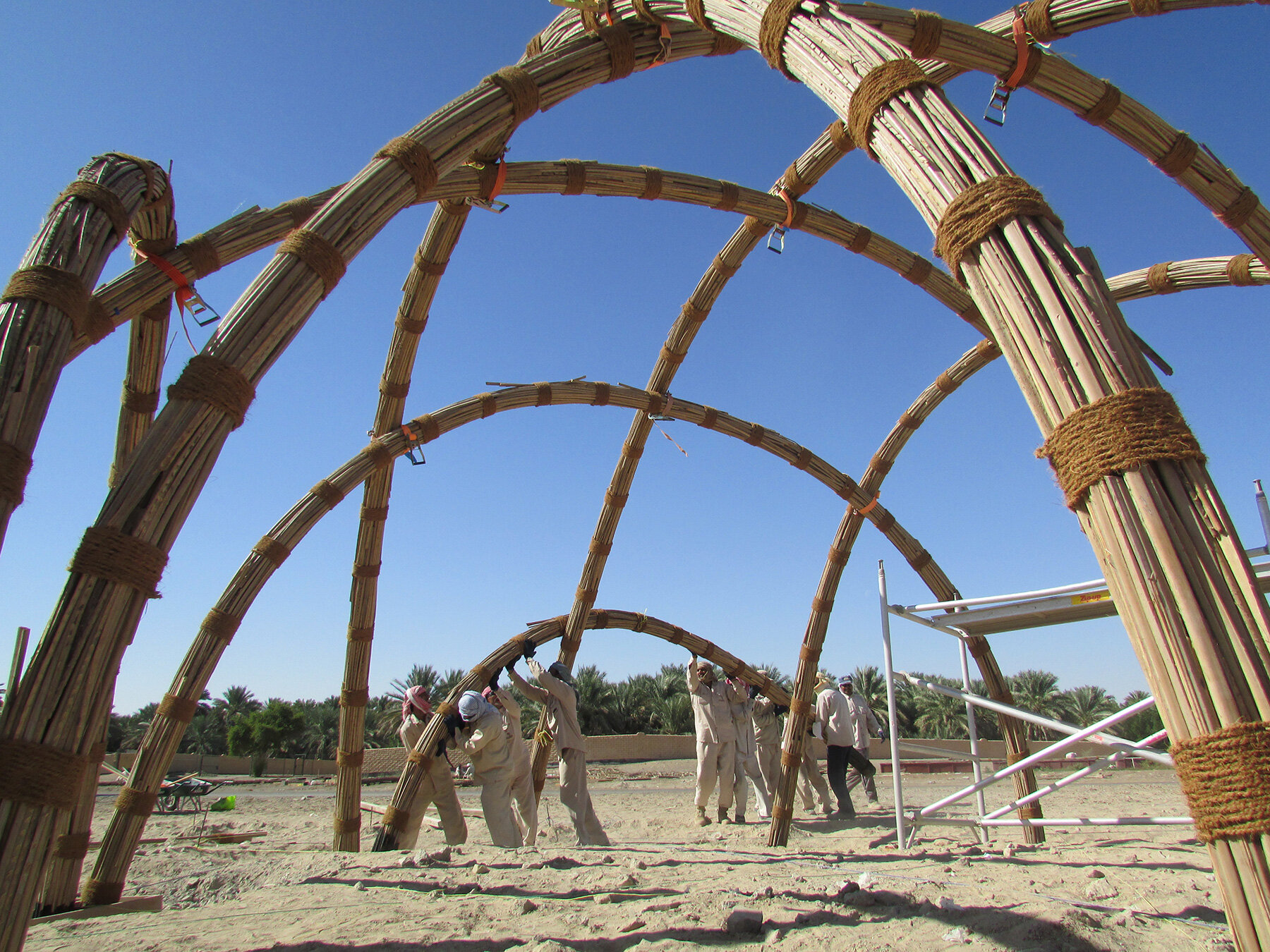
construction of Sabla: the palm-leaf shelters in the Middle East. constructions built of date palm have been in use for around 7,000–8,000 years. sabla: the palm-leaf shelters was conceived as a contemporary, modular grid-shell construction that offers an example of how traditional technologies can be adapted for use today, and scaled up or down to provide for a variety of applications in over 46 countries of the United Arab Emirates | image © Dr Sandra Piesik
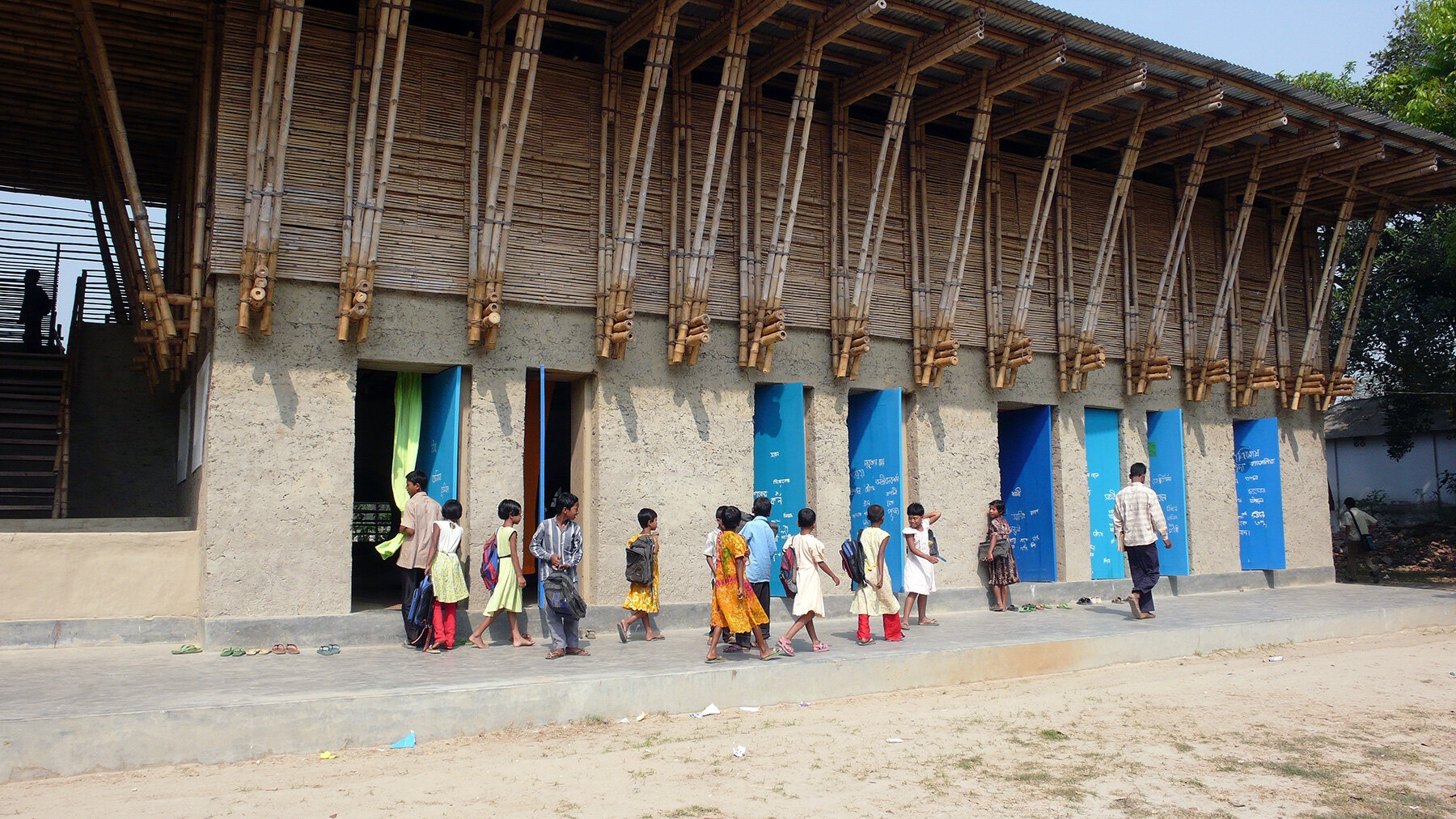
Bangladesh METI Handmade School | image © Anna Heringer
KEEP UP WITH OUR DAILY AND WEEKLY NEWSLETTERS
PRODUCT LIBRARY
the apartments shift positions from floor to floor, varying between 90 sqm and 110 sqm.
the house is clad in a rusted metal skin, while the interiors evoke a unified color palette of sand and terracotta.
designing this colorful bogotá school, heatherwick studio takes influence from colombia's indigenous basket weaving.
read our interview with the japanese artist as she takes us on a visual tour of her first architectural endeavor, which she describes as 'a space of contemplation'.
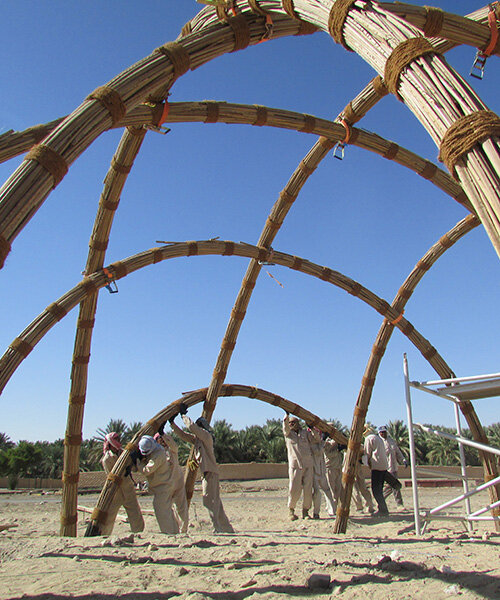
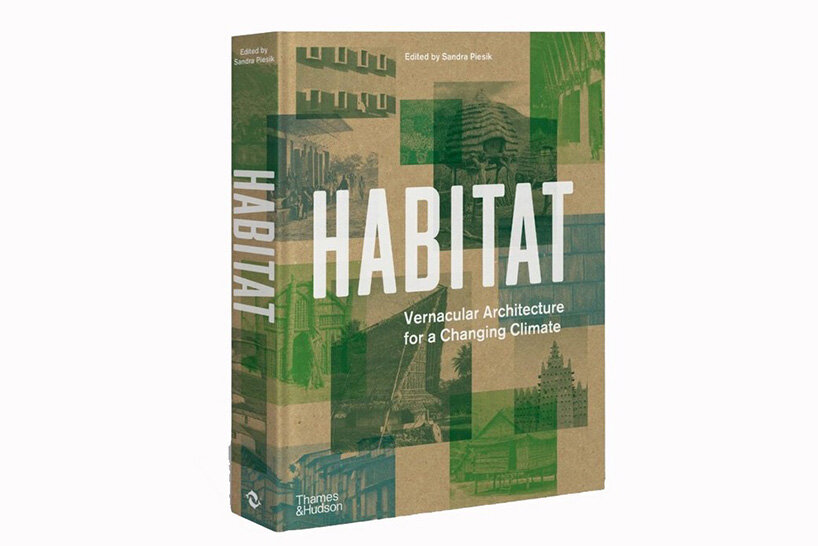 image courtesy
image courtesy 
